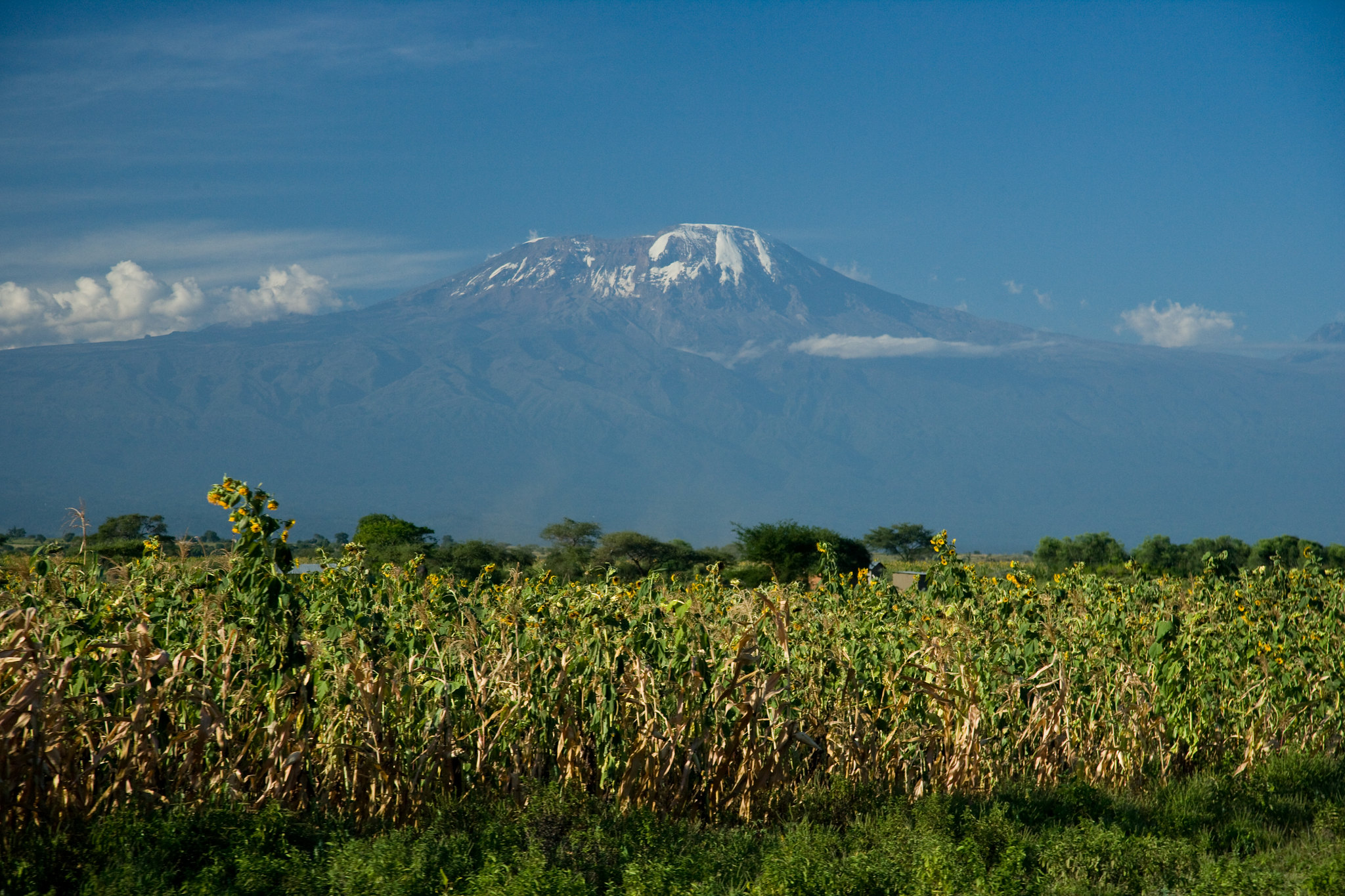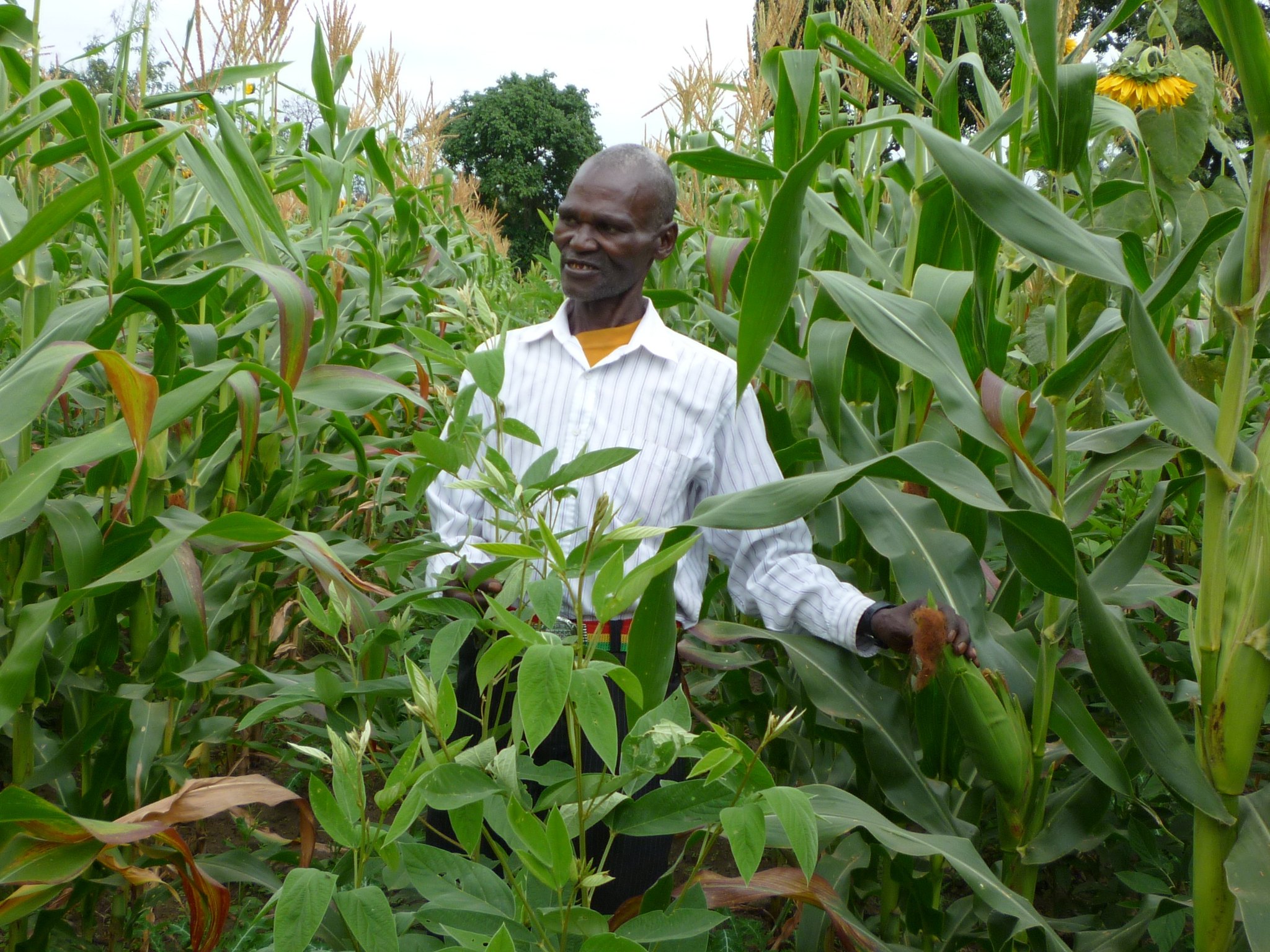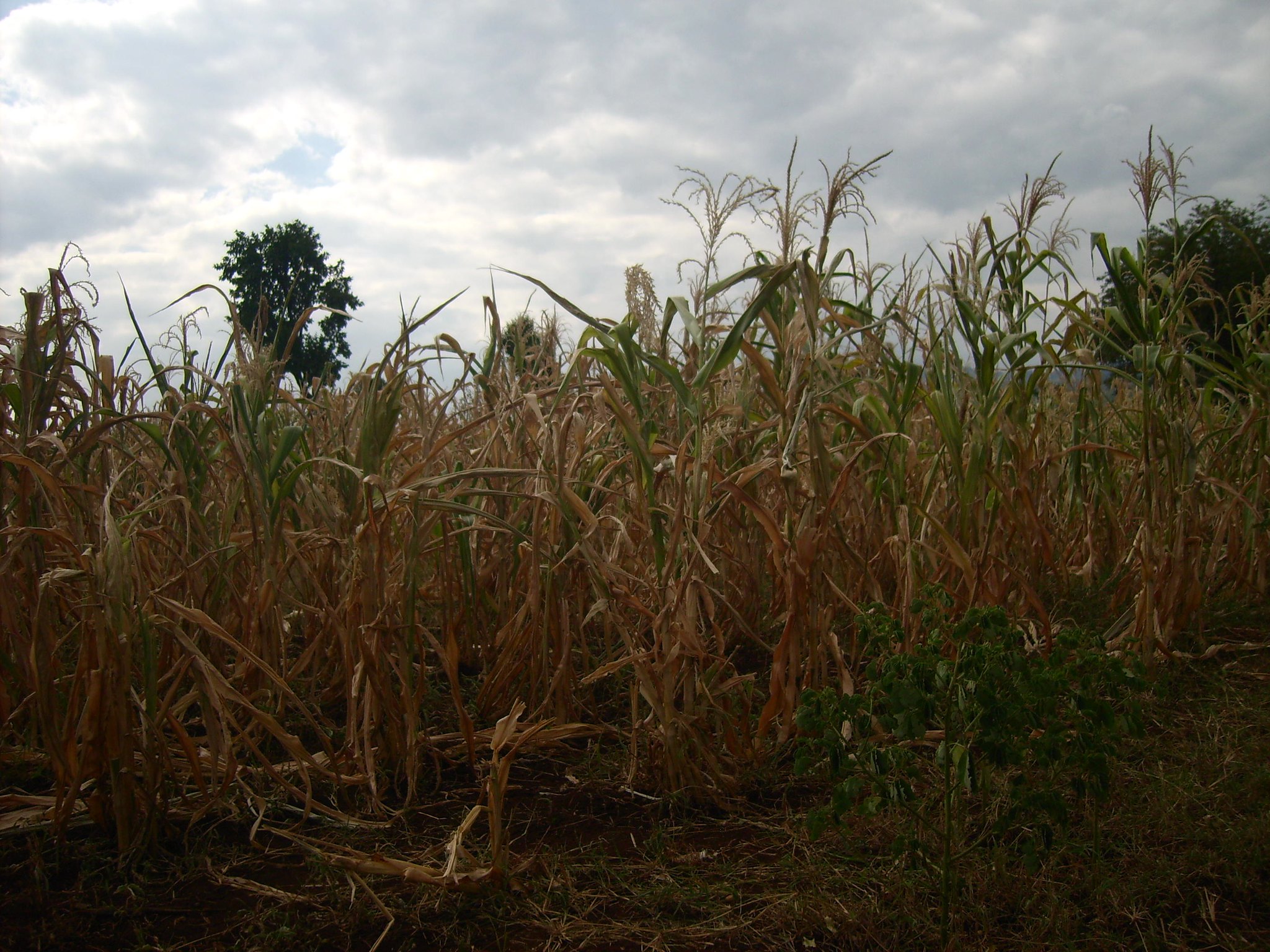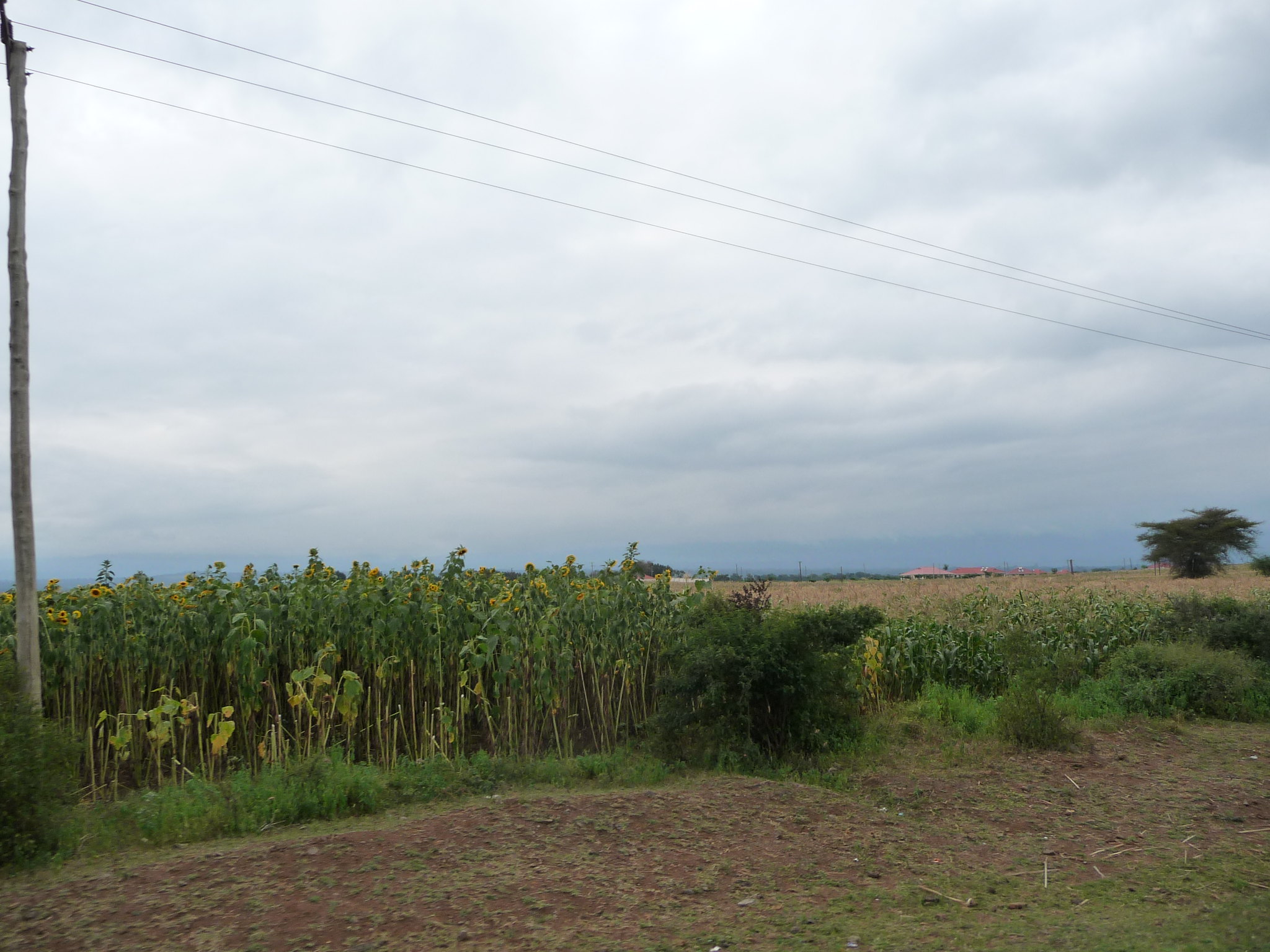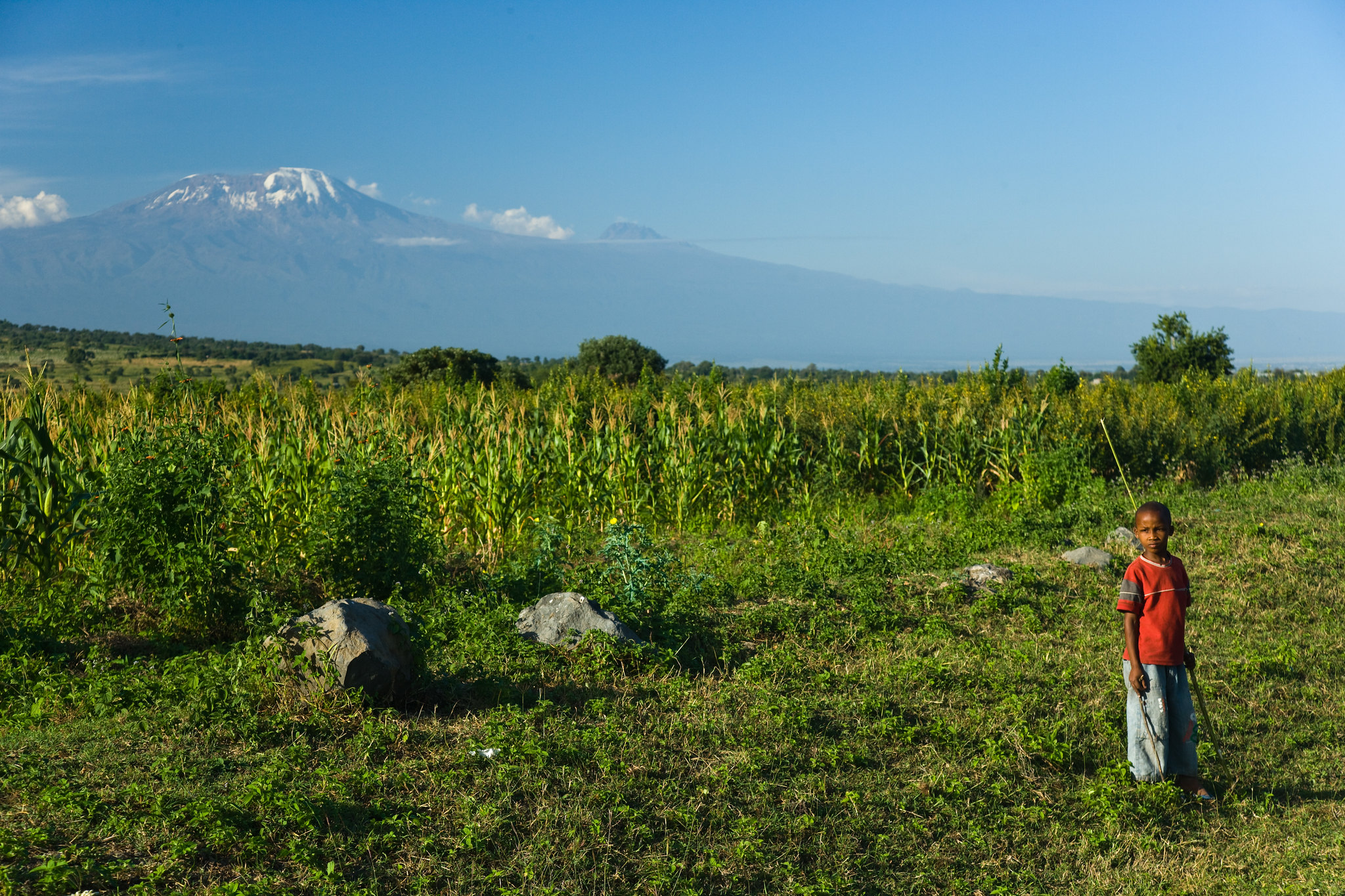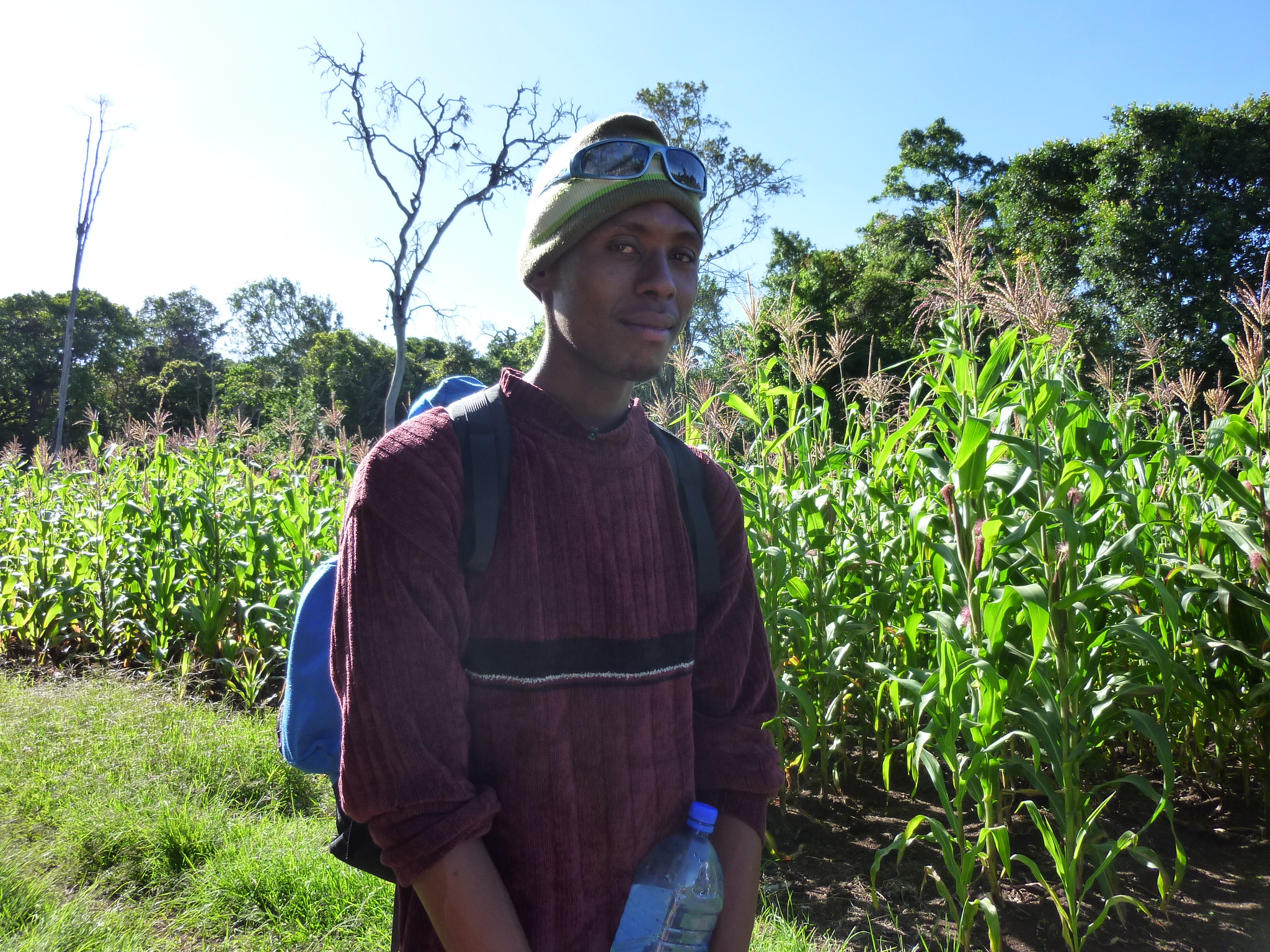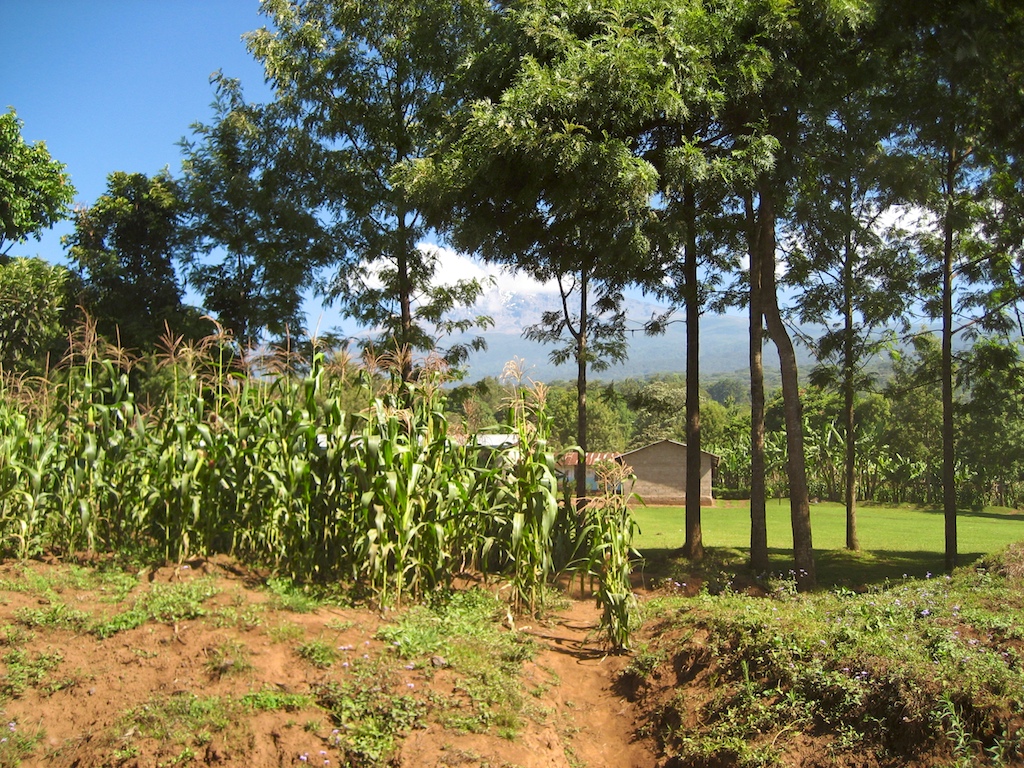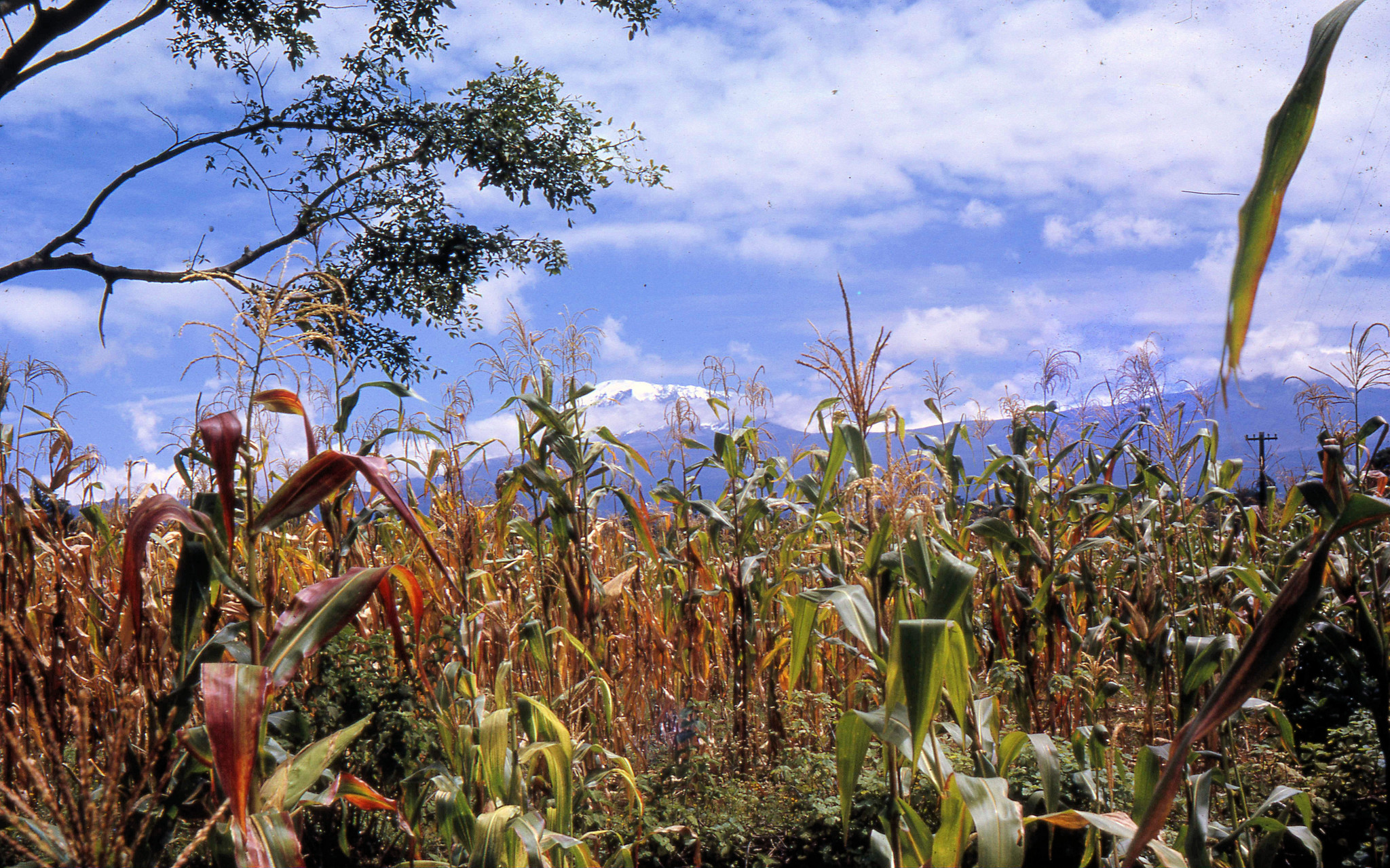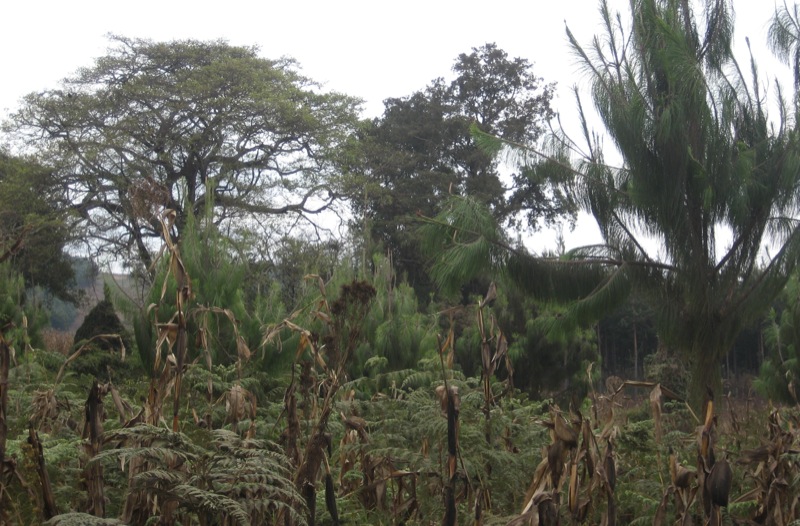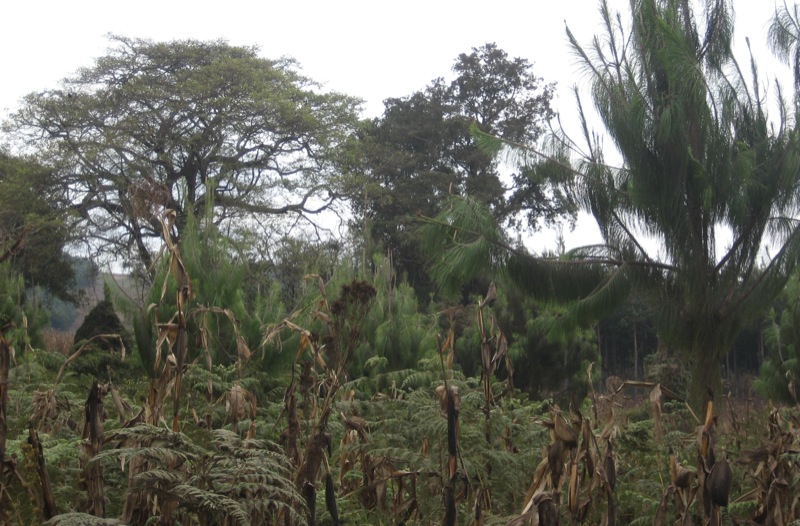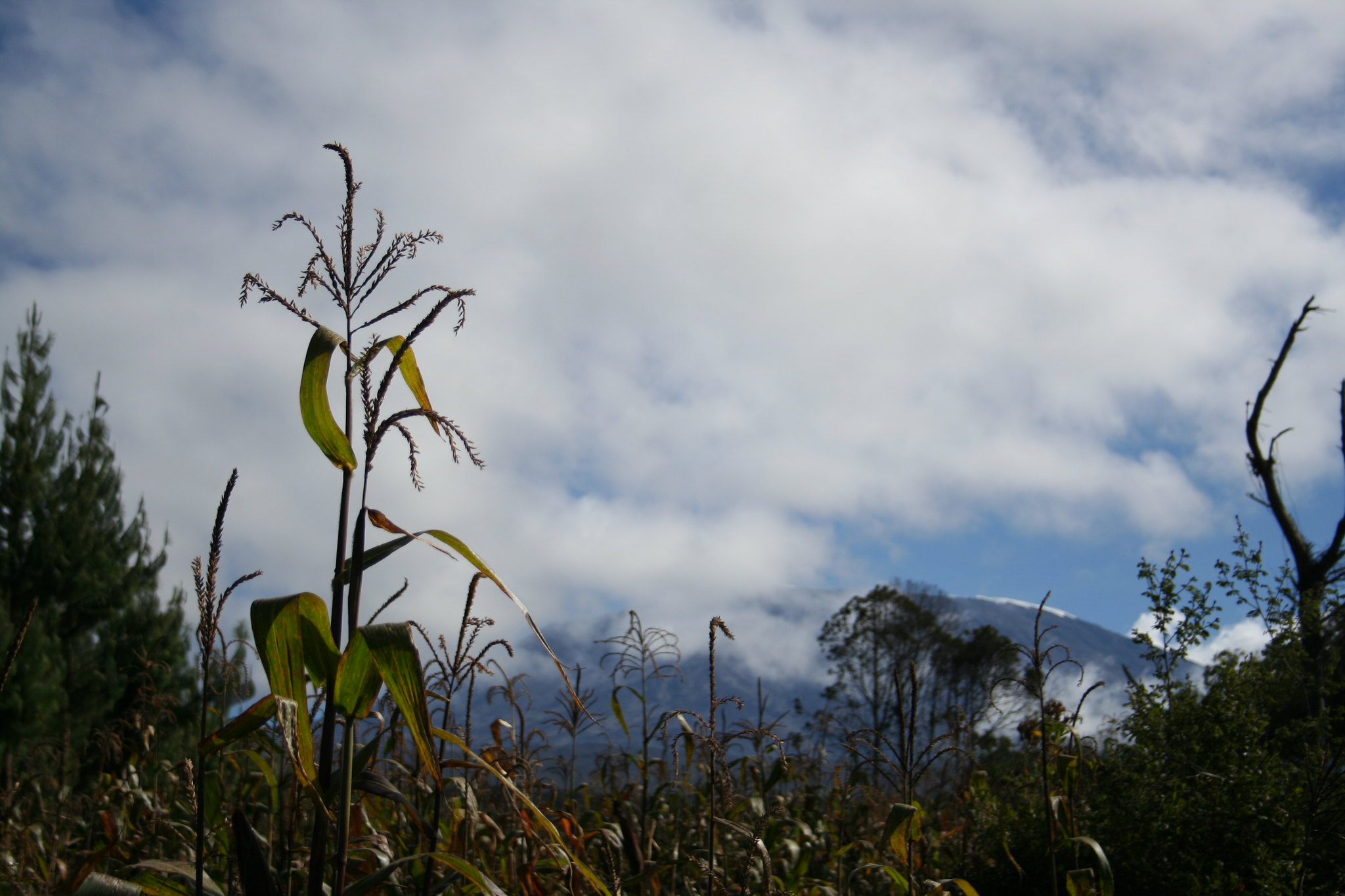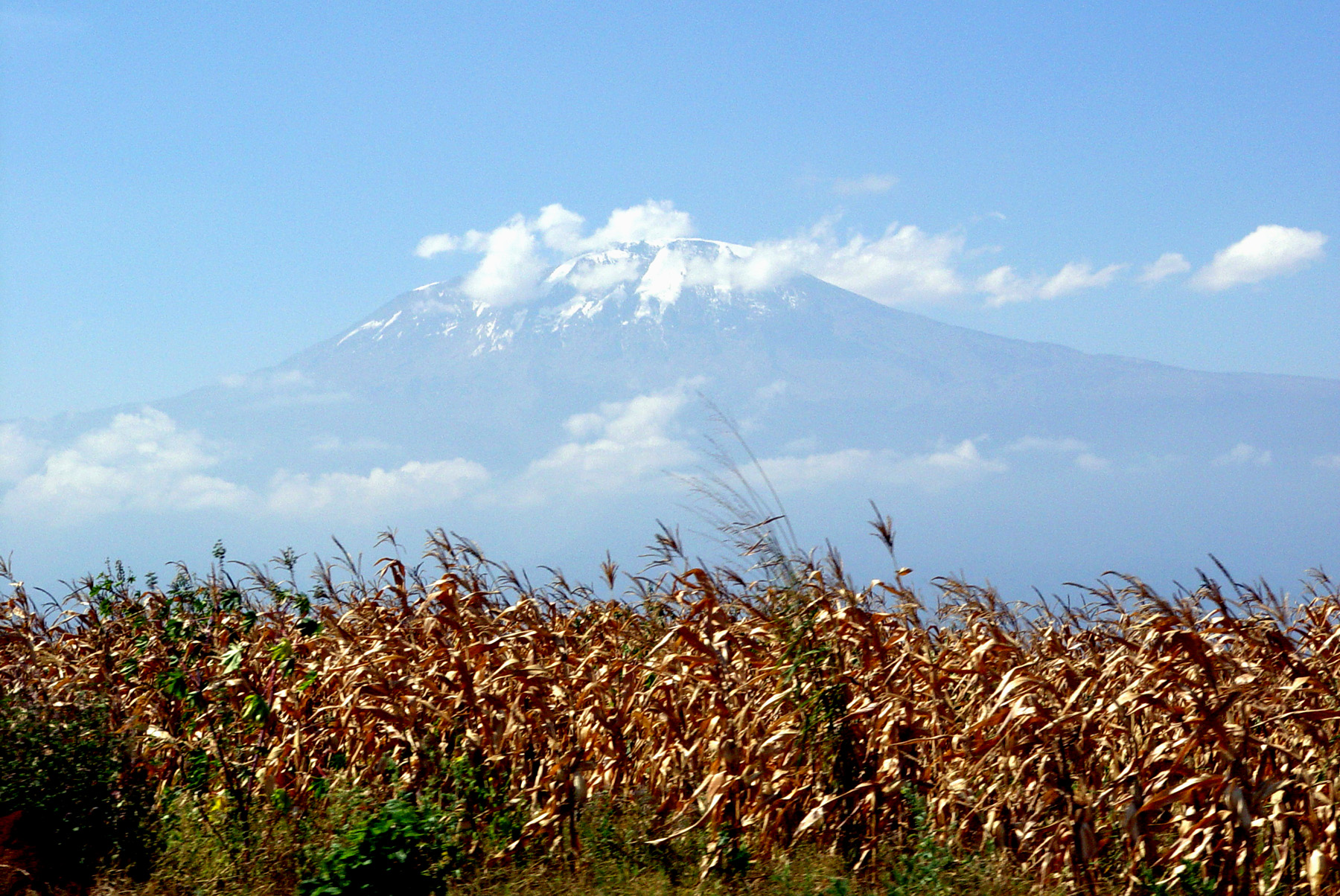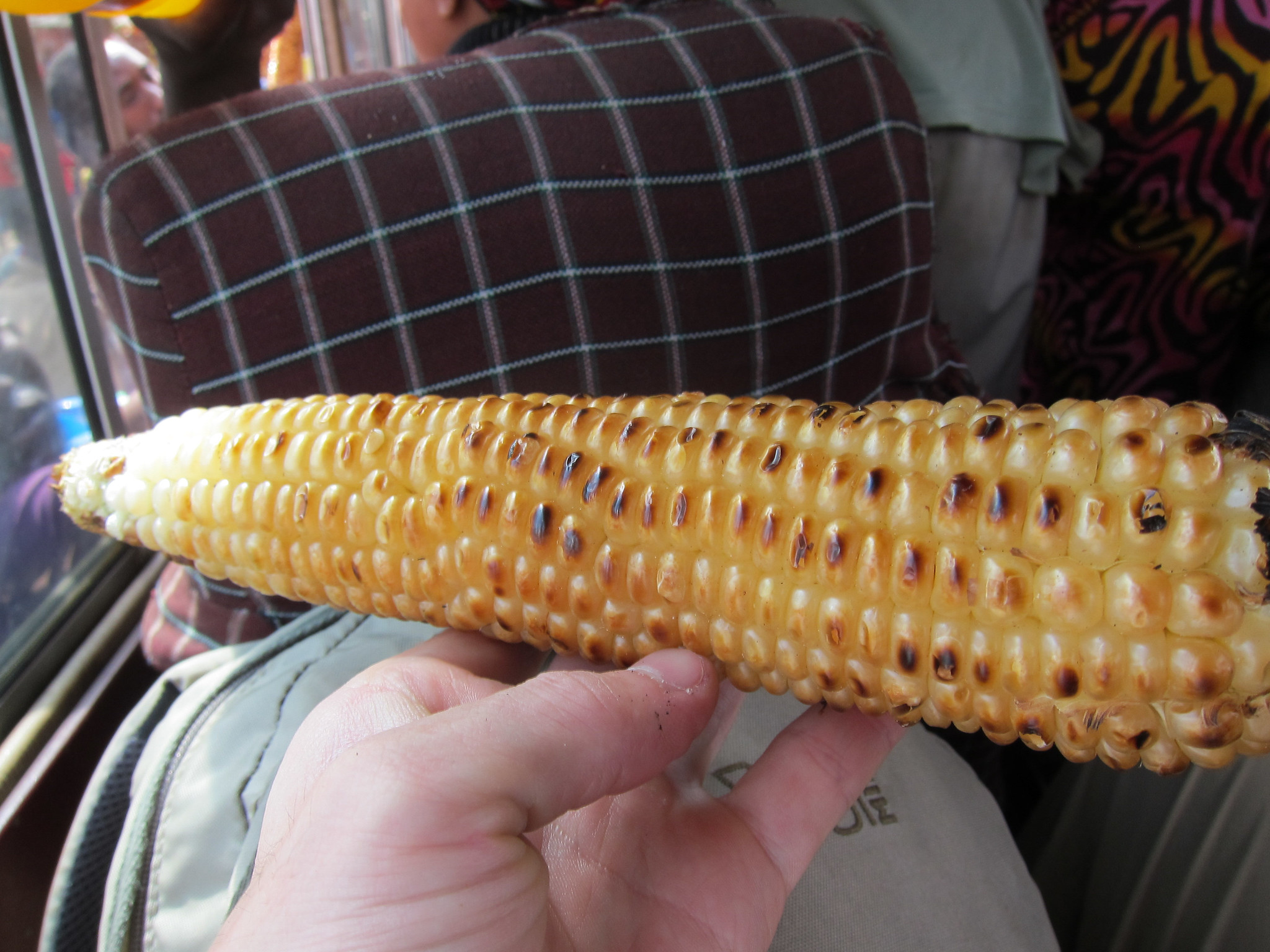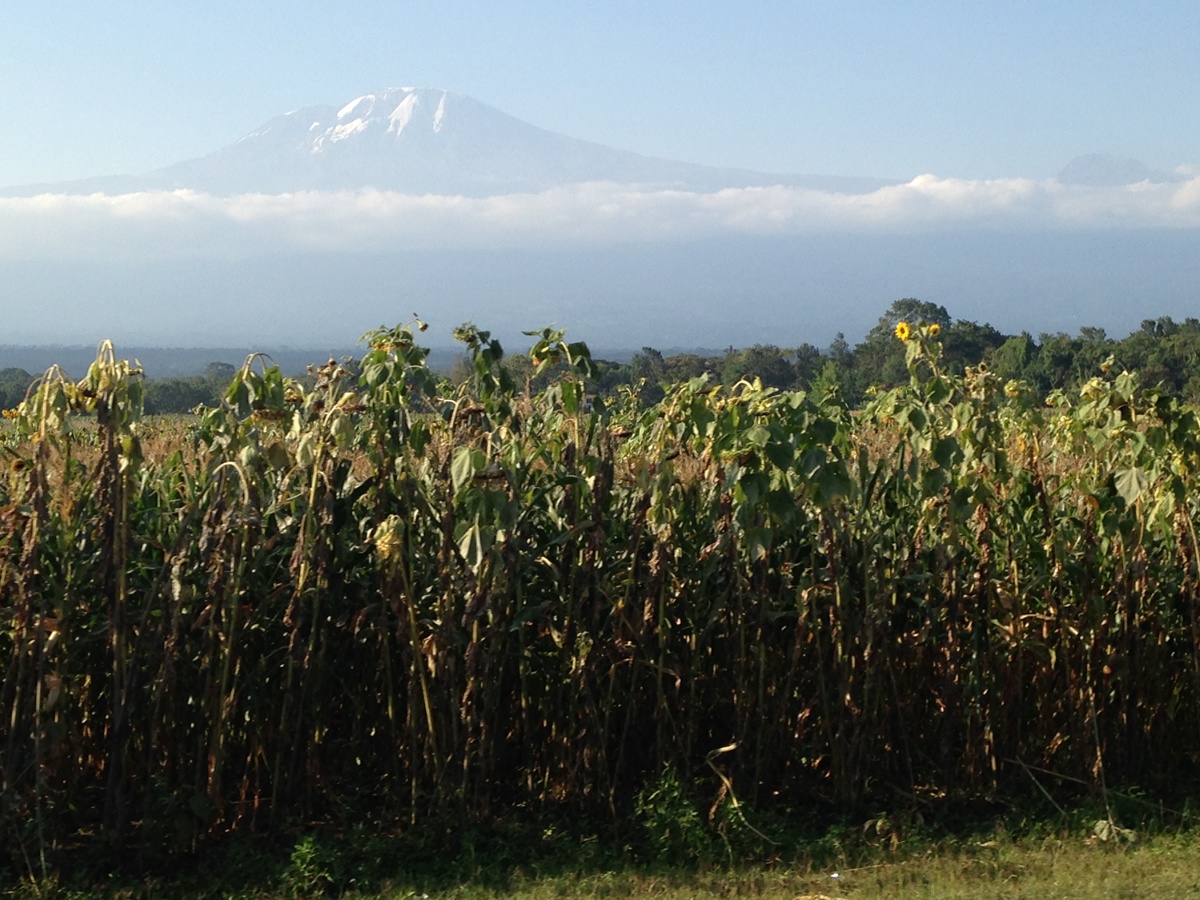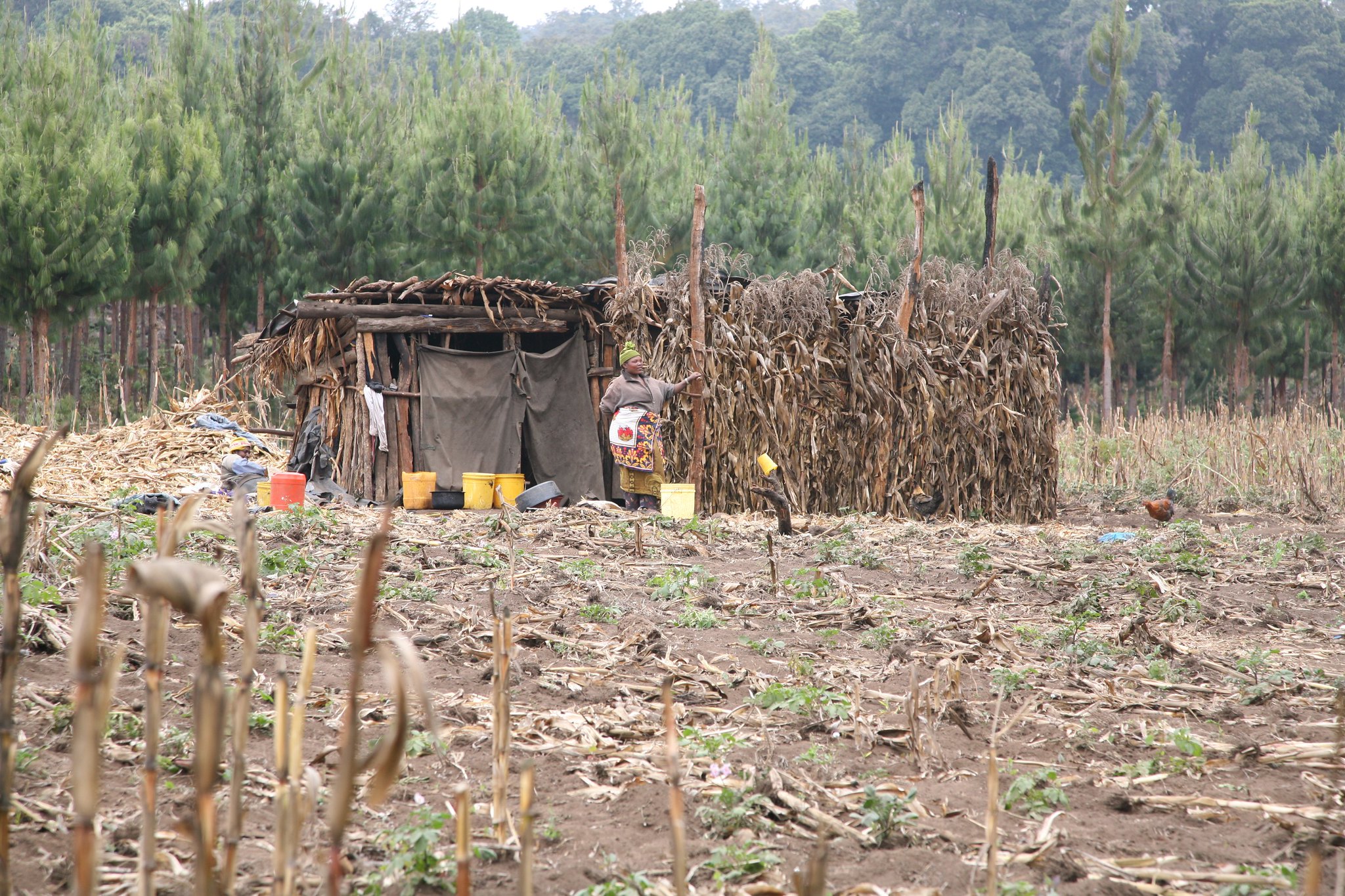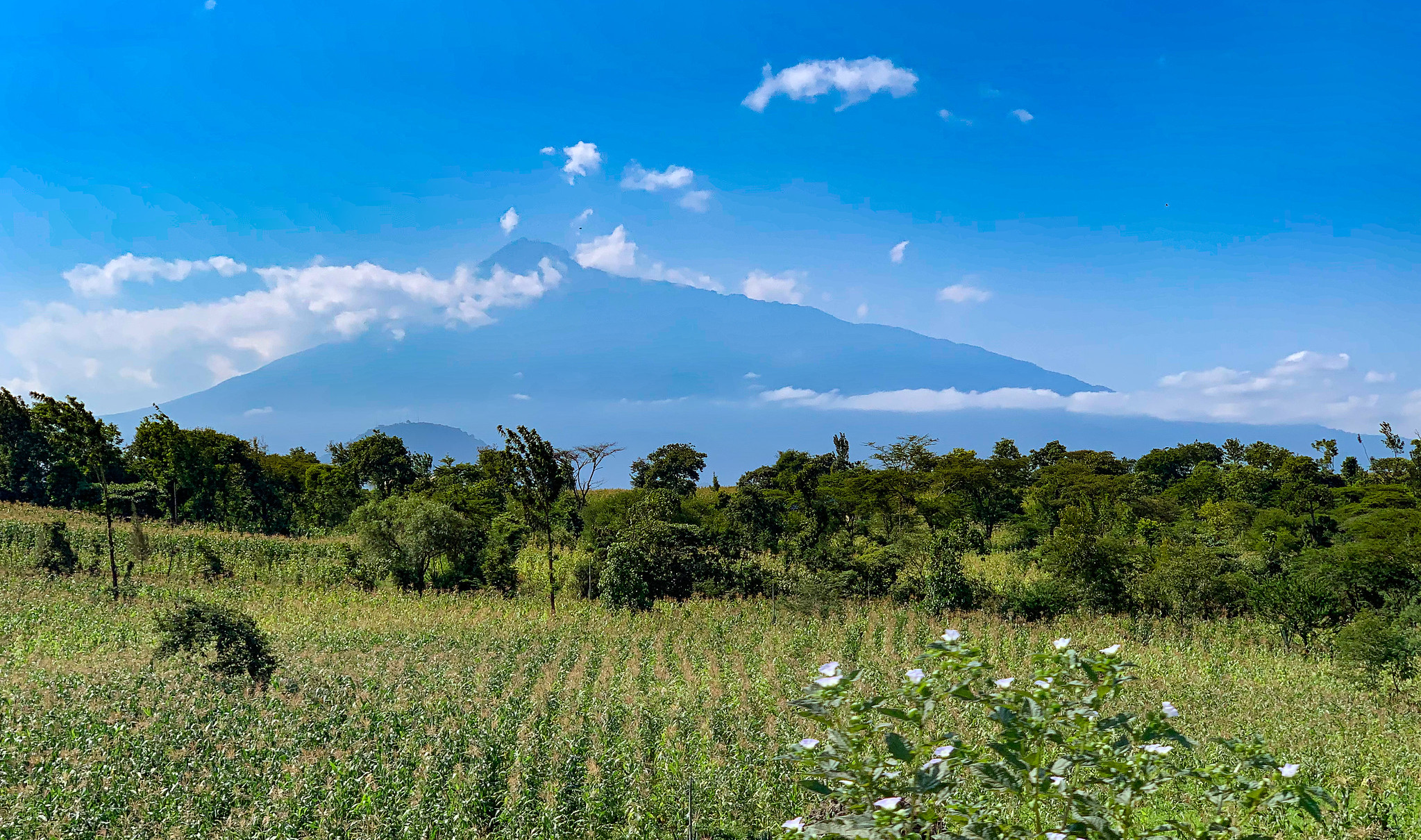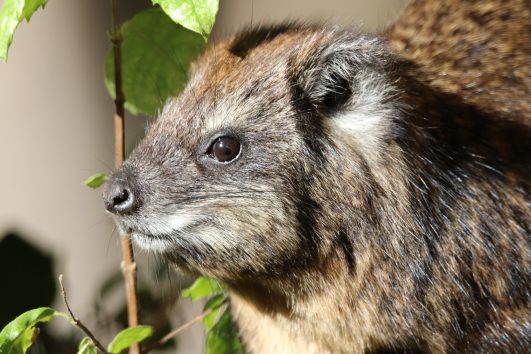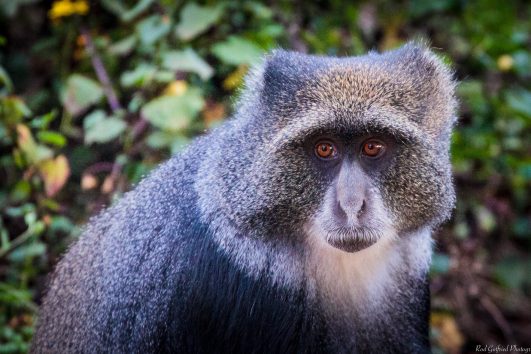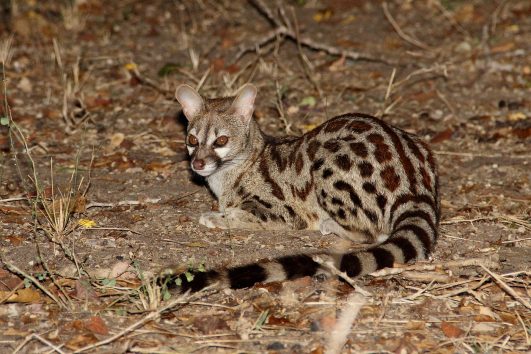Maize, commonly known as corn in many parts of the world, is a staple crop with significant agricultural, economic, and cultural importance. Corn is by far the most favoured crop in the whole of Tanzania, as it is the staple food of most Africans.
In the Kilimanjaro region, maize stands out as the most extensively cultivated crop, covering an impressive 91,380 hectares. This agricultural dominance translates into a significant economic impact, with maize production valued at an international dollar amount of $28.83 million.
Maize’s prevalence in the region is stark when compared to other crops; it boasts a planted area that is 2.2 times larger than that of beans, which ranks second in terms of cultivation area. Here’s a breakdown of the agricultural landscape in Kilimanjaro:
Maize: 55% of the total area is dedicated to annual crops.
Other Crops by Importance (Area Planted): Beans, coffee, sunflower, cassava, finger millet, groundnuts, paddy, tomatoes, cocoyams, and sweet potatoes.
This data underscores maize’s pivotal role in the agricultural economy of Kilimanjaro, illustrating its importance both in terms of land use and economic output.
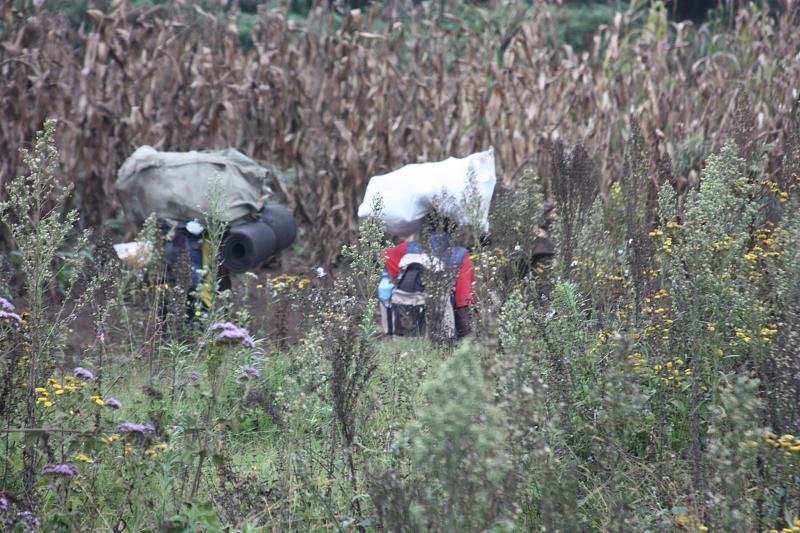
Botanical Characteristics
- Species: Maize belongs to the species Zea mays, part of the grass family (Poaceae).
- Structure:
- Stem: Maize plants have a single, solid stem that can grow up to 2-3 meters tall, although some varieties can reach up to 4 meters.
- Leaves: The leaves are long and broad, often with a prominent midrib, and are arranged alternately along the stem. They can be up to 1 meter long.
- Roots: Maize develops a fibrous root system, with primary roots emerging from the base of the stem and secondary roots growing from the nodes.
Growth Cycle
- Germination: Maize seeds (kernels) require warm soil to germinate, typically above 10°C (50°F). Germination can take from 7 to 14 days.
- Vegetative Growth: After germination, the plant goes through several stages of vegetative growth, including the emergence of leaves, the development of the stalk, and the formation of the tassel (male flower) at the top of the plant.
- Reproductive Growth:
- Tasseling: The tassel releases pollen, which must land on the silks (female flowers) protruding from the husks for fertilization to occur.
- Silking: Each silk corresponds to a potential kernel on the cob. Successful pollination results in kernel development.
Fruit Production
- Ear: The fruit of the maize plant is known as an ear, which is covered by husks (modified leaves). Each ear can contain hundreds of kernels arranged in rows.
- Kernels: Maize kernels are seeds, and they can vary in color from yellow to white, red, blue, and even purple, depending on the variety.
Cultivation of Maize
- Climate: Maize thrives in warm climates with sufficient sunlight. It’s sensitive to cold and frost, which can damage or kill the plant.
- Soil: It prefers well-drained, fertile soil. However, maize is adaptable and can grow in various soil types with proper management.
- Water Needs: Maize requires substantial water, especially during the silking and grain-filling stages. Irrigation is often necessary in areas with low rainfall.
Economic Importance
- Global Production: Maize is one of the world’s most widely grown crops, with major producers including the United States, China, Brazil, Argentina, and India.
- Uses:
- Food: Eaten directly as corn on the cob, in tortillas, popcorn, and processed into various products like cornmeal, corn flour, and corn syrup.
- Animal Feed: A significant portion of maize production goes into livestock feed.
- Industrial: Used in ethanol production, plastics, textiles, and even biodegradable products.
Cultural Significance
- Historical: Maize has been cultivated for thousands of years, with origins in Mesoamerica. It played a central role in the diets and cultures of ancient civilizations like the Maya, Aztec, and Inca.
- Symbolism: In many cultures, maize symbolizes life, and fertility, and is often used in festivals and rituals.
Challenges
- Pests and Diseases: Maize is susceptible to various pests like the corn borer, and corn earworm, and diseases like maize streak virus, smut, and rust.
- Genetic Modification: Much of the maize grown today is genetically modified for traits like pest resistance (e.g., Bt corn) or herbicide tolerance, which has sparked debates over GMO safety and environmental impact.
Sustainability
- Crop Rotation: Maize is often rotated with legumes to improve soil fertility through nitrogen fixation.
- Conservation Agriculture: Practices like no-till farming, cover cropping, and integrated pest management are increasingly used to make maize cultivation more sustainable.
Maize’s versatility, from food to fuel, underscores its importance in modern agriculture, making it not just a crop but a cornerstone of global food security and economic stability.
In the Kilimanjaro region, maize has emerged as the leading cereal crop. Here’s how the cultivation areas break down across different districts:
- Moshi Rural: The largest maize cultivation area with 26,275 hectares, accounting for 27.2% of the total maize area.
- Hai: With 21,360 hectares, it constitutes 22.1% of the maize cultivation.
- Same: Following closely with 20,451 hectares, or 21.2%.
- Rombo: Covering 17,806 hectares, which is 18.4% of the total.
- Mwanga: The smallest among these with 10,702 hectares, representing 11.1%.
On average, each household plants about 0.4 hectares with maize, though this figure varies slightly by district:
- Same: Households here plant the largest area per household at 0.6 hectares.
- Hai: Slightly below with 0.5 hectares per household.
- Mwanga and Moshi Rural: Both at 0.4 hectares per household.
- Rombo: The specific average for Rombo wasn’t provided in the original text, but it’s implied to be around the regional average or slightly less.
Additional information
| Habitat | Cultivation Zone |
|---|

